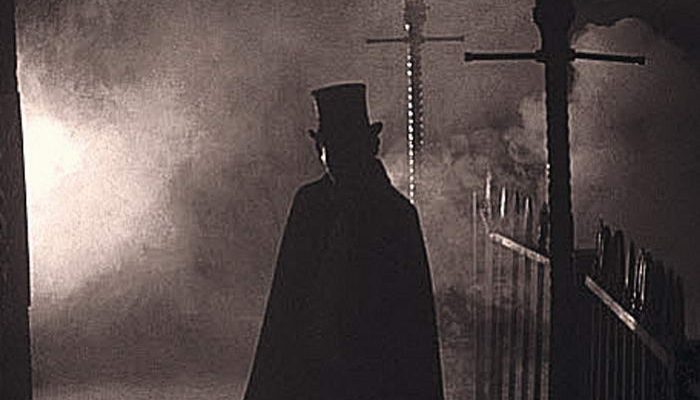The tale of Jack the Ripper stands as one of history’s most perplexing enigmas. Over a century later, this unidentified killer’s saga continues to captivate and horrify us. In the heart of Victorian London, a shadowy figure emerged, casting a pall of fear over the Whitechapel district. Despite advancements in criminal science and numerous investigations, the Ripper’s identity remains shrouded in mystery, fueling endless speculation and fascination.
Who is the real Jack the Ripper?
The year 1888 marked the beginning of a terror that would etch its name in criminal history. In the crowded and impoverished streets of Whitechapel, a series of brutal murders unfolded, unlike anything the city had witnessed. The killer, who would later be dubbed Jack the Ripper, targeted women, most of whom were prostitutes, subjecting them to unspeakable violence. These heinous crimes weren’t just acts of murder; they were methodical, gruesome, and taunting in nature, painting a picture of a perpetrator both cunning and cruel.
What sets the Ripper apart from other historical figures of infamy is the blend of brutality and mystery that surrounds him. The killings were characterized by a chilling precision, suggesting a perpetrator with anatomical knowledge, yet the lack of conclusive evidence has left experts divided on this theory. The Ripper’s ability to evade capture, combined with the viciousness of the crimes, created an atmosphere of palpable dread and intrigue that resonated far beyond the East End of London.
The public’s reaction to the killings was a mix of horror and morbid curiosity. Newspapers were filled with lurid details and theories, turning the Whitechapel Murders into a spectacle of public consumption. This relentless coverage not only sensationalized the crimes but also highlighted the squalid living conditions in Whitechapel, inadvertently shining a light on issues of poverty and social inequality.
Facts about Jack the Ripper
As we explore the lesser-known facts about Jack the Ripper, we tread a path that winds through dark alleys and fog-laden streets, a journey into the heart of one of history’s most enduring mysteries. The Ripper’s story is not just a chronicle of murder. It’s a reflection of the societal, cultural, and media dynamics of the time, a case study in the human fascination with the macabre. The question remains: who was Jack the Ripper? This question, echoing through the decades, keeps the Ripper’s sinister legacy alive in our collective consciousness.
10 – The Canonical Five
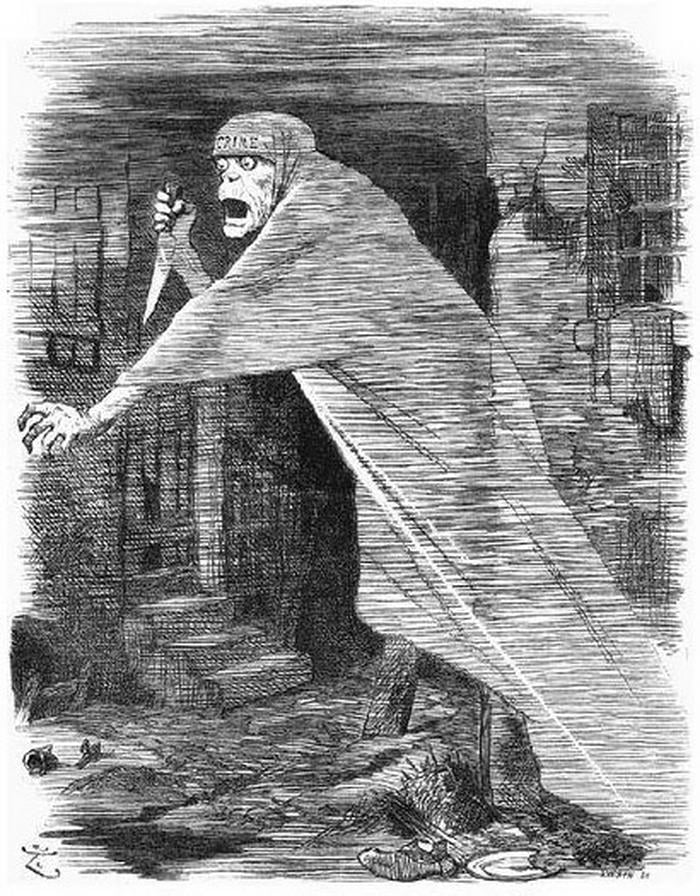
09 – Sudden End to the Killings
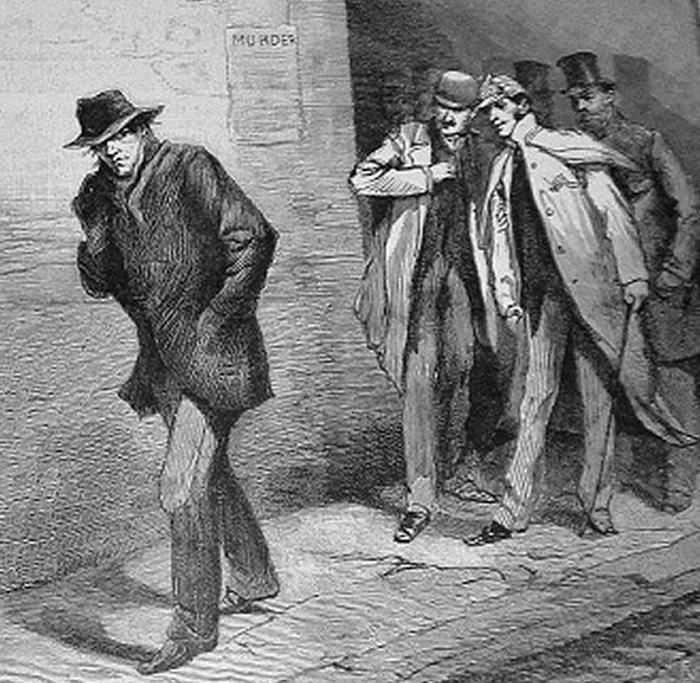
08 – Mental Illness
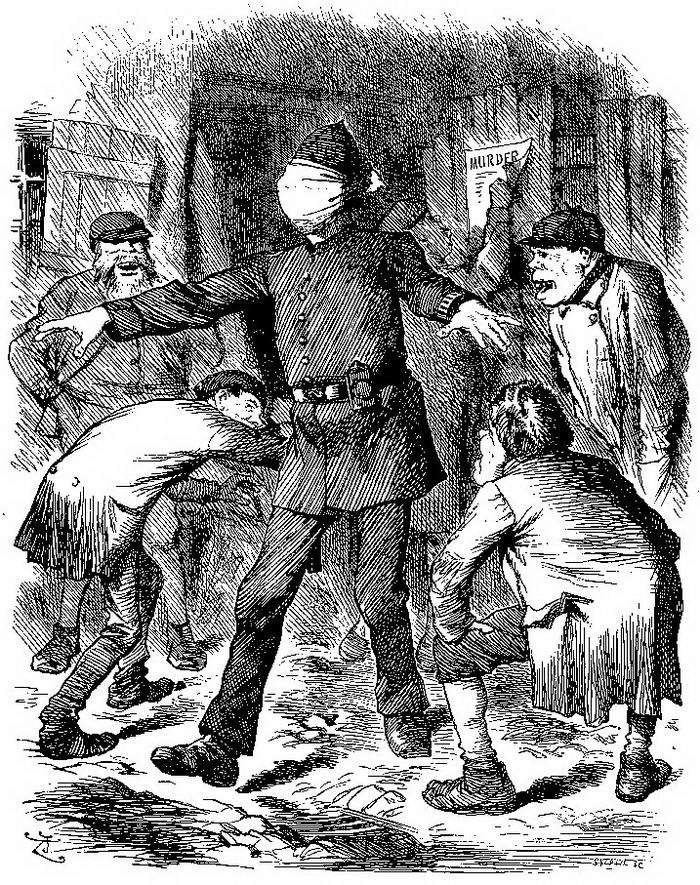
07 – He Acquired his Nickname from a Letter
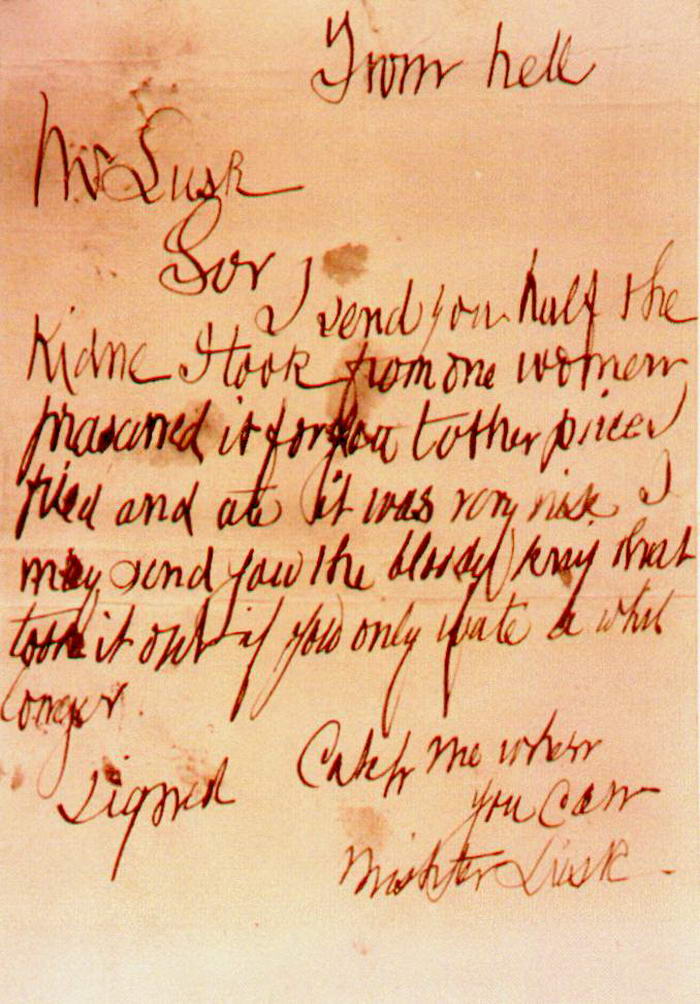
06 – He Killed Only at Certain Times
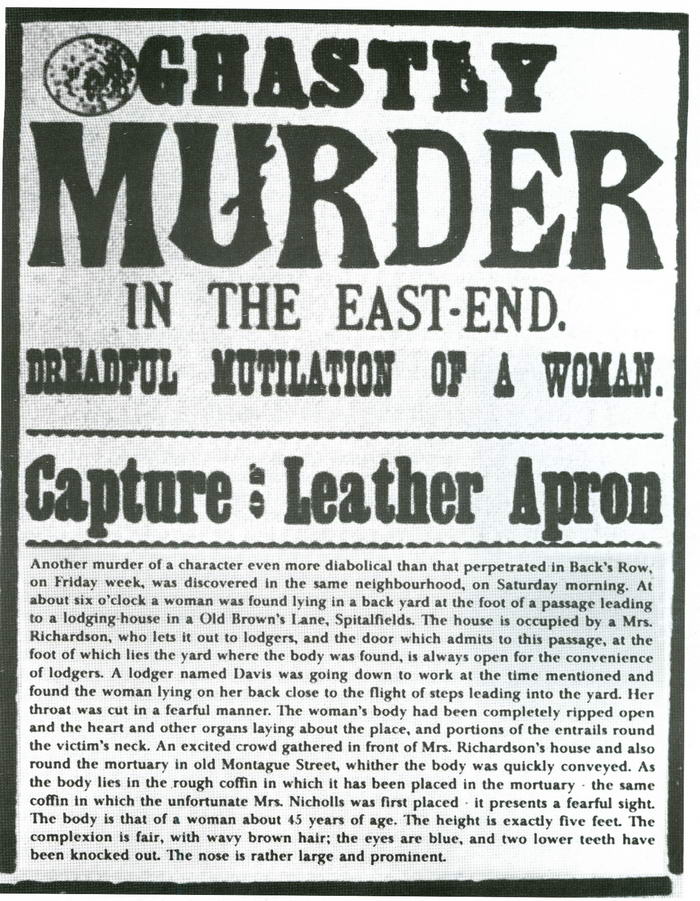
05 – No Evidence
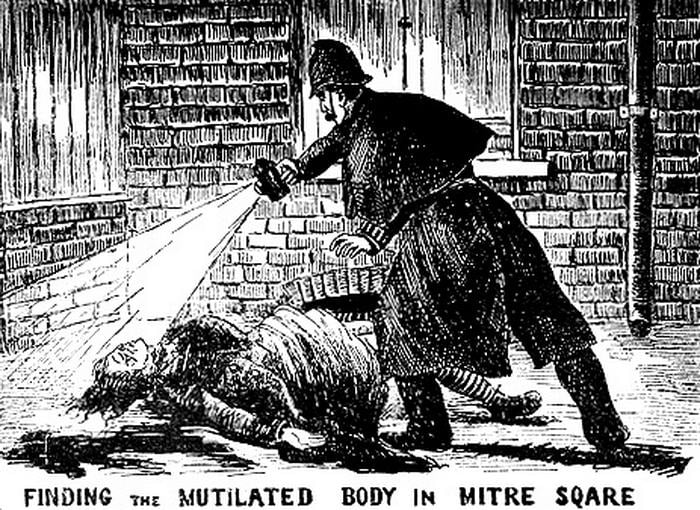
04 – The Double Event
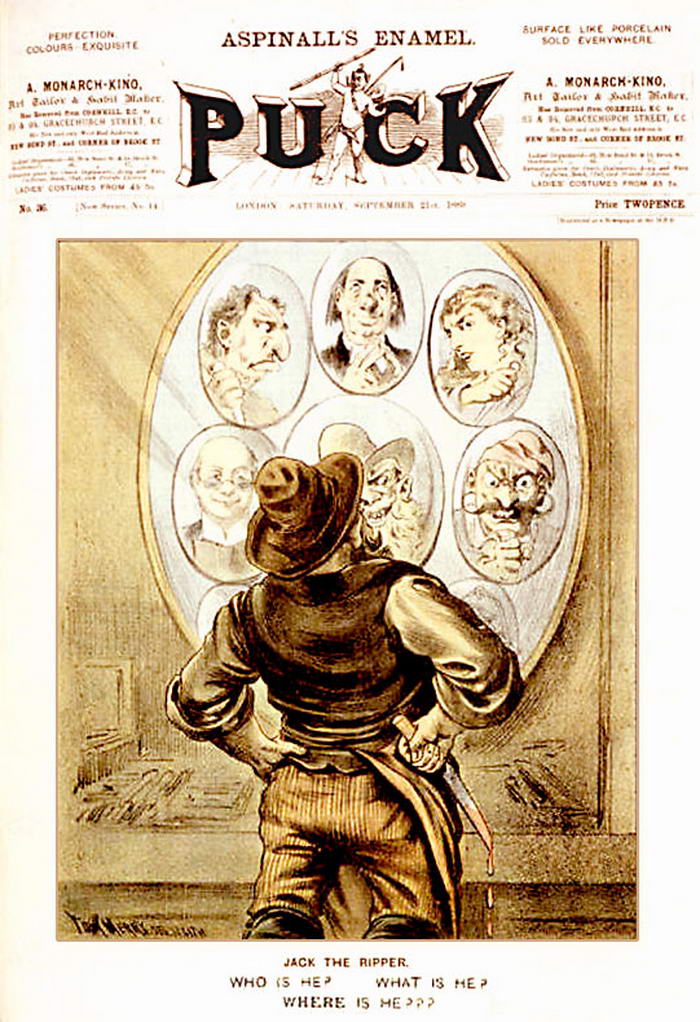
03 – He Lived in Whitechapel
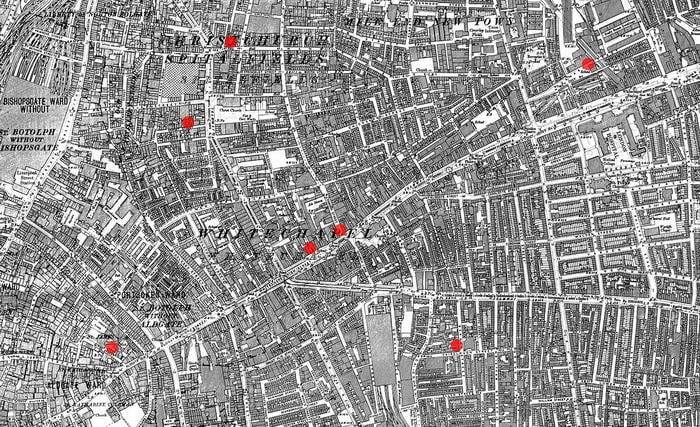
02 – Jack was a Woman

Yes, that’s right, perhaps the most unusual fact about this killer was that he might not have been ‘Jack’ at all. The lead investigator at the time of the murders was Inspector Frederick Aberline who raised the idea after the Mary Kelly murder. After all, what better way to move unseen through Whitechapel if no-one was looking for a woman? If this was the master trick ‘Jack’ played then it worked to throw both public and police off the scent.
01 – He Never Existed At All
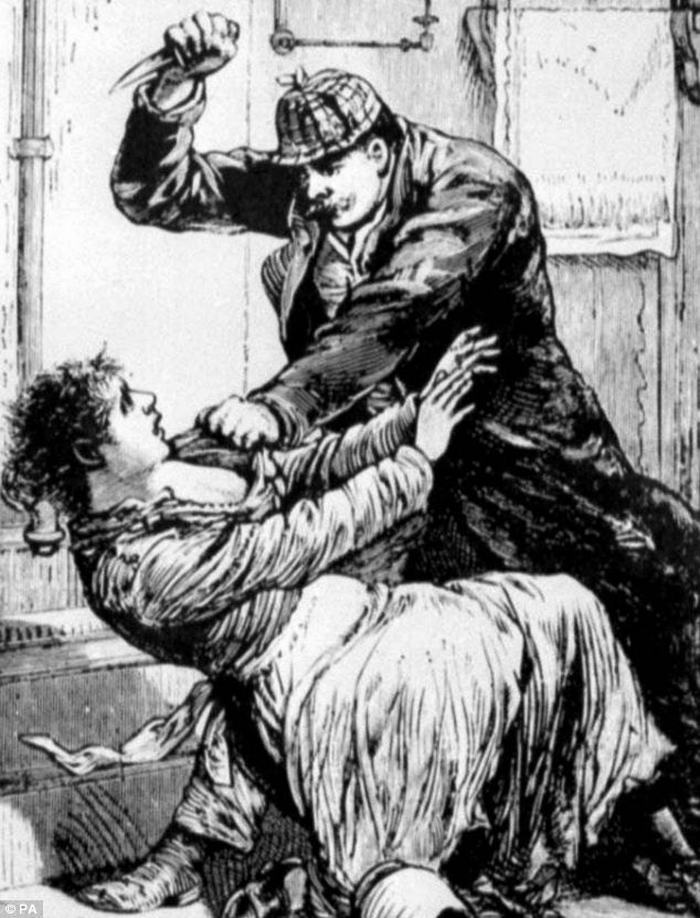
Whether he really existed or not, Jack the Ripper is a name and story that continues to resonate with us all. If he did exist, we may never know the true identity but in some ways that is what keeps the mystery alive.
The Media Sensation and Lasting Influence of Jack the Ripper
A Victorian Serial Killer’s Impact on Media
The tale of Jack the Ripper is not just a story of a series of grisly murders. It’s also a narrative about how a Victorian serial killer transformed media coverage and public fascination with crime. In the late 19th century, the Whitechapel Murders did more than just terrorize the streets of London; they sparked a media frenzy that forever changed the landscape of crime reporting and public intrigue.
The Birth of a Notorious Name
During the time of the Ripper’s reign of terror in Whitechapel, newspapers played a crucial role in disseminating information about the crimes. What set these murders apart was not just their brutal nature but how they were reported. The killings were sensationalized by the press, with over 1 million copies sold daily during the peak of the Ripper’s infamy. Newspapers of the era, hungry for stories that would sell, found in Jack the Ripper a perfect blend of mystery, horror, and intrigue that their readership couldn’t resist.
Societal Impact and Legacy
The relentless coverage and public fascination also had significant societal impacts. On one hand, it obstructed police work, making it more challenging for law enforcement to sift through rumors and sensationalized reports to find the truth. On the other hand, the Ripper’s story indirectly highlighted the dire living conditions in Whitechapel. The public reacted with horror to the crimes, equally shocked by the squalor and desperation the intense media spotlight revealed in the area. This attention eventually drove social reforms, leading to the demolition of the slums and their replacement with more humane housing within two decades after the murders.
The Ripper’s Cultural Echo
Moreover, the Ripper’s legacy extends beyond the immediate aftermath of his crimes. The media storm surrounding Jack the Ripper serves as a precursor to the modern true crime genre, combining investigative journalism with narrative storytelling. The Ripper case set a precedent for how the media covers serial killers, turning them into figures of morbid fascination and, in some cases, unwittingly glamorizing their heinous acts.
In conclusion, Jack the Ripper wasn’t just a murderer. He was a phenomenon that spurred a transformation in media coverage and public perception of crime. The legacy of these events is a complex tapestry of horror, fascination, and societal change, showing us how a series of tragic events can ripple through time, influencing media, culture, and society long after the echoes of the crimes themselves have faded.
In the Shadow of the Ripper: Reflecting on an Unresolved Mystery
As we reach the conclusion of our exploration into the enigmatic world of Jack the Ripper, it’s essential to reflect on the impact and significance of this unresolved mystery. The Ripper’s story, rooted deep in the annals of Victorian London, is not just a tale of unsolved murders but a narrative that has reshaped our understanding of criminal investigation and public fascination with the macabre.
Furthermore, the Ripper case was pivotal in the development of criminal profiling, a technique now commonplace in solving complex crimes. The analysis of the killer’s potential motives and methods laid the groundwork for future criminal psychological profiling, illustrating how even in the face of an unsolved case, progress can emerge.
Today, Jack the Ripper’s legacy continues to resonate. Not just in the field of criminal history but in popular culture as well. Museums, books, and tours dedicated to the Ripper’s story attest to our continued fascination with this figure of darkness and mystery. The story of Jack the Ripper, cloaked in shadows and unanswered questions, stands as a testament to the enduring human desire to solve the unsolvable, to bring light to the darkest corners of our past.
In the end, Jack the Ripper’s identity remains one of history’s greatest mysteries. It is a a puzzle that has captivated minds for over a century. The story of the Ripper is a haunting reminder of the depths of human depravity and the enduring quest for truth in the face of the unknown.


